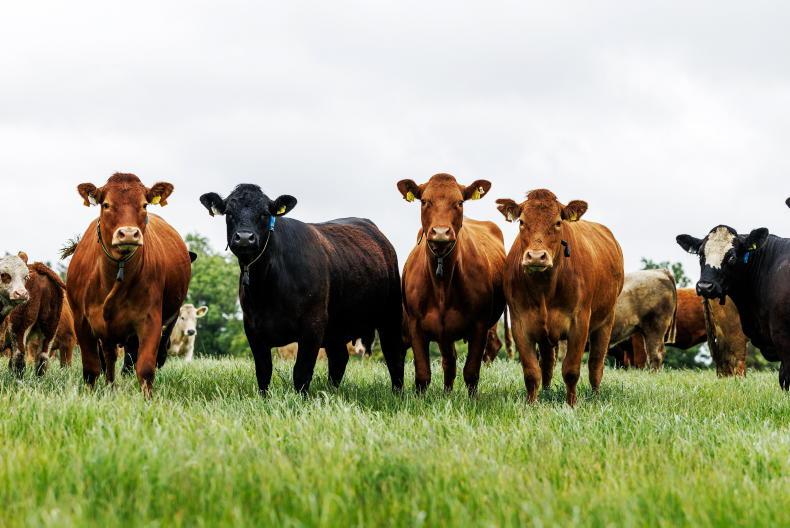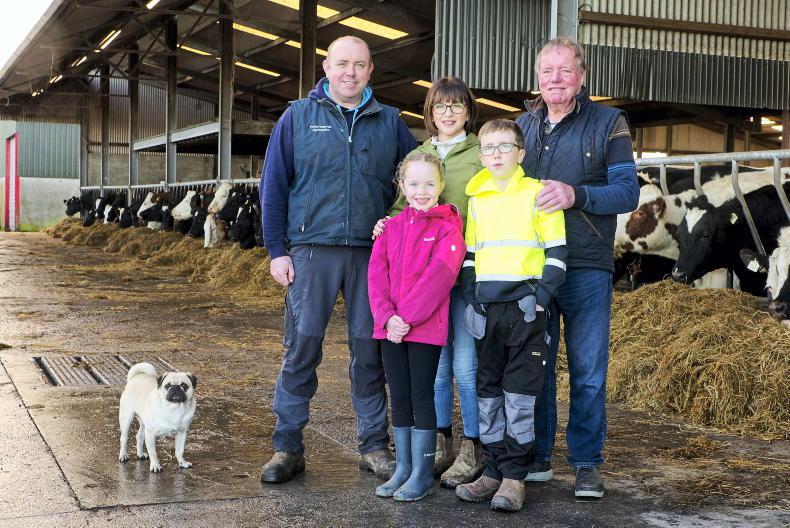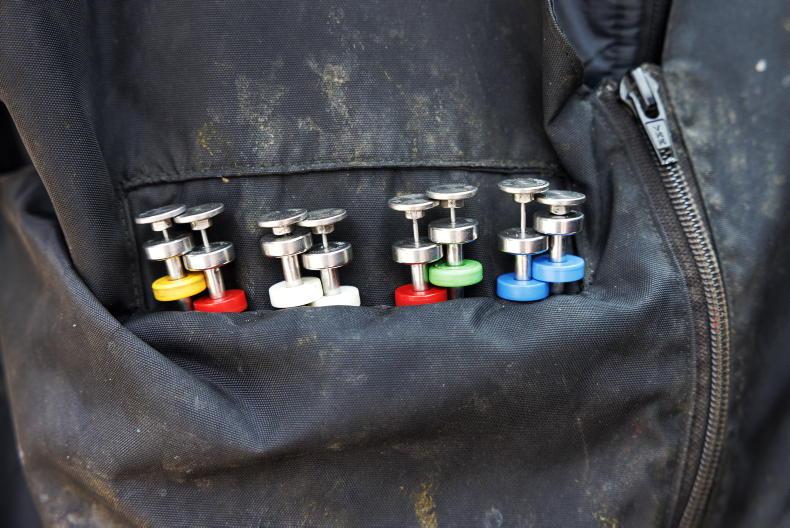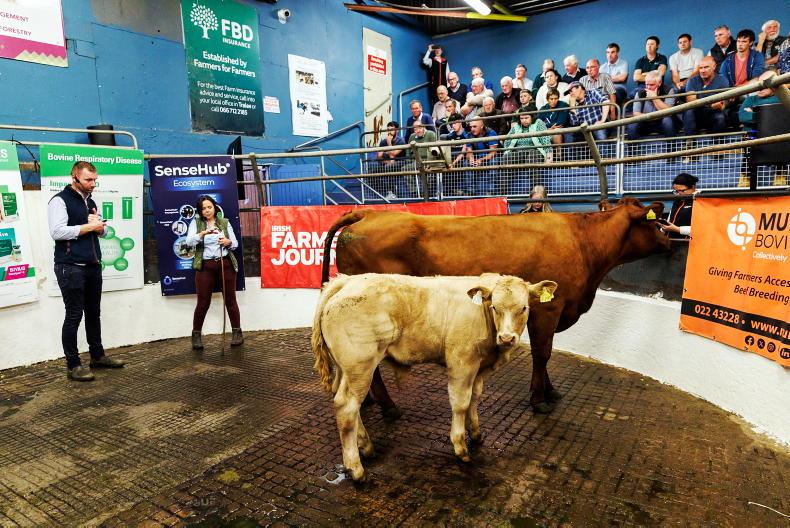Breeding is getting under way for suckler herds that predominantly calve cows during March and April.
Management will have a big bearing on conception rates and is therefore something farmers can influence.
Outlined are five tips to managing the herd through the breeding season.
1. Keeping cows on a settled diet
Cow fertility will be affected by sudden changes in diet and environment during the breeding period and for 30 to 40 days after service.
As far as possible, prioritise grazing for cows that are coming back in heat, especially if grass is getting tight.
2. Keeping stress and handling to a minimum
Another factor that affects cow fertility is excessive or improper handling that causes stress on animals.
Keep this in mind when moving stock to fresh grass or bringing cows and calves into the yard for AI or tasks such as worming.
The same goes with maiden heifers.
Bring animals into the handling unit, treat or inseminate immediately, then return to grass as soon as possible.
Good handling pens will facilitate these tasks quickly and with minimal fuss, keeping cows calm.
3. How many cows should the stock bull get?
For a young stock bull in his first breeding season, limit the number of cows for breeding.
A rule of thumb is one cow per month of age for the bull. This means a 15-month-old bull should get no more than 15 cows this summer.
Mature stock bulls can work with 30 to 40 cows, depending on his size, age and when cows are likely to be coming back in heat.
4. Heat detection for AI
When using AI, heat detection is crucial. There are multiple aids, from something as cheap as tail paint to high-tech aids that sync to a smart phone.
Regardless of which type of aid is used, it is still important to physically spend time watching cows as well.
Morning and late evening are often the best times to see cows bulling.
Spend 20 to 30 minutes twice daily watching cows for heat activity. A third period in the afternoon, if time allows, is also recommended.
5. Recording service dates
Pay attention to cows coming in heat and record as many service dates as possible, especially when using a stock bull. Simply note the cow’s tag number and the date mated.
Then, in 18 to 20 days time, watch to see if these cows are coming back in heat. There will always be a few cows that repeat.
But if there is a big number of cows coming back in heat, the stock bull may be infertile or there is an underlying health issue to investigate and address.
Recording service dates will help pick up such problems early and allow action to be taken, preventing a high barren rate or cows slipping back in calving date.
Read more
Monitoring performance to keep stock on target
Thrive: dealing with pink eye in calves at grass
Breeding is getting under way for suckler herds that predominantly calve cows during March and April.
Management will have a big bearing on conception rates and is therefore something farmers can influence.
Outlined are five tips to managing the herd through the breeding season.
1. Keeping cows on a settled diet
Cow fertility will be affected by sudden changes in diet and environment during the breeding period and for 30 to 40 days after service.
As far as possible, prioritise grazing for cows that are coming back in heat, especially if grass is getting tight.
2. Keeping stress and handling to a minimum
Another factor that affects cow fertility is excessive or improper handling that causes stress on animals.
Keep this in mind when moving stock to fresh grass or bringing cows and calves into the yard for AI or tasks such as worming.
The same goes with maiden heifers.
Bring animals into the handling unit, treat or inseminate immediately, then return to grass as soon as possible.
Good handling pens will facilitate these tasks quickly and with minimal fuss, keeping cows calm.
3. How many cows should the stock bull get?
For a young stock bull in his first breeding season, limit the number of cows for breeding.
A rule of thumb is one cow per month of age for the bull. This means a 15-month-old bull should get no more than 15 cows this summer.
Mature stock bulls can work with 30 to 40 cows, depending on his size, age and when cows are likely to be coming back in heat.
4. Heat detection for AI
When using AI, heat detection is crucial. There are multiple aids, from something as cheap as tail paint to high-tech aids that sync to a smart phone.
Regardless of which type of aid is used, it is still important to physically spend time watching cows as well.
Morning and late evening are often the best times to see cows bulling.
Spend 20 to 30 minutes twice daily watching cows for heat activity. A third period in the afternoon, if time allows, is also recommended.
5. Recording service dates
Pay attention to cows coming in heat and record as many service dates as possible, especially when using a stock bull. Simply note the cow’s tag number and the date mated.
Then, in 18 to 20 days time, watch to see if these cows are coming back in heat. There will always be a few cows that repeat.
But if there is a big number of cows coming back in heat, the stock bull may be infertile or there is an underlying health issue to investigate and address.
Recording service dates will help pick up such problems early and allow action to be taken, preventing a high barren rate or cows slipping back in calving date.
Read more
Monitoring performance to keep stock on target
Thrive: dealing with pink eye in calves at grass










SHARING OPTIONS